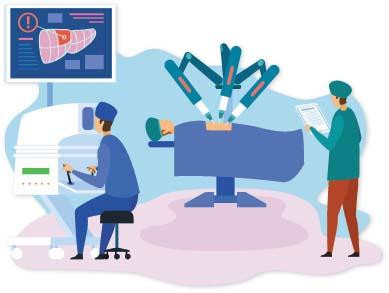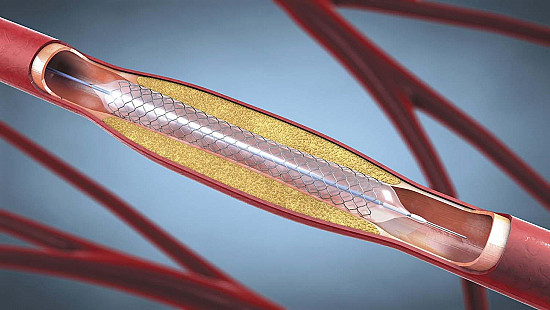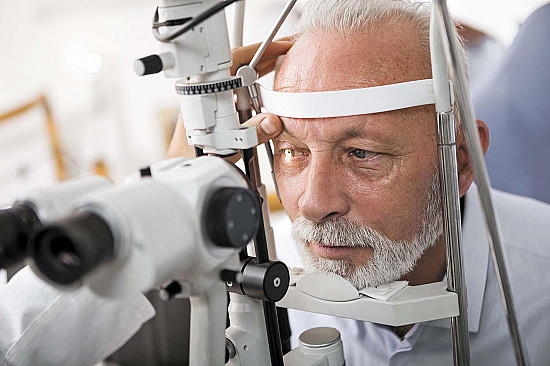Is robotic surgery a good idea?
Ask the doctor

Q. A friend is having surgery performed by a robot. That sounds kind of creepy. Is this a good idea?
A. Robotic surgery is increasingly used to perform operations on many parts of the body. Some people imagine that “robotic surgery” means that a machine reaches into a human body, looks around, and makes decisions on its own, like “That appendix looks sick: I think I’ll cut it out.” That would be creepy.
In fact, the “robot” is a tool used and totally controlled by surgeons. One part of the tool is a group of tiny instruments that move like a human hand, but with a greater range of motion than the human hand and wrist can possibly have. The instruments include devices to grasp and hold tissue in order to cut it and remove it from the body, as well as small blades to cut, and needles to sew.
The second part of the robot is a high-definition three-dimensional camera and screen that allows a surgeon to see everything that’s being done, sometimes better than the surgeon could see with the naked eye. The surgeon controls the instruments that perform the operation, based on what he or she sees on the TV monitor.
Major surgery, like inside the chest or abdomen, can be performed in the traditional way—with a large incision and cutting through lots of tissue — or in a “minimally invasive” way — with smaller incisions cutting through less tis-sue. Robot assistance generally is used with minimally invasive surgery. Details of each individual’s case, as well as the surgeon’s experience, determine which approach a surgeon chooses.
One advantage of robotic surgery is that it can be done at a distance. If specialized surgery is urgently needed in a remote area, surgeons who are miles away can control the robot. For example, a research letter published in the May 2025 issue of JAMA Neurology described how robots controlled by a distant surgeon could reach in and grab and remove blood clots that were stuck in a brain artery, thereby reducing the damage from a stroke. Another advantage is that with certain procedures, robots keep surgeons from being exposed to radiation from x-rays.
Tens of thousands of surgeons around the world use robotic tools. Many studies of different types of surgery have compared the traditional method to minimally invasive surgery, with or without robots. In general, the traditional way is somewhat better at achieving the surgical goal, such as removing a sick appendix, but recovery is slower. Whether the minimally invasive approach with robots is better than without robots is not always clear. But many surgeons clearly favor using a robot when they think that in a particular patient it will give superior results.
Image: © UnitoneVector/Getty Images
About the Author

Anthony L. Komaroff, MD, Editor in Chief, Harvard Health Letter; Editorial Advisory Board Member, Harvard Health Publishing
Disclaimer:
As a service to our readers, Harvard Health Publishing provides access to our library of archived content. Please note the date of last review or update on all articles.
No content on this site, regardless of date, should ever be used as a substitute for direct medical advice from your doctor or other qualified clinician.
















